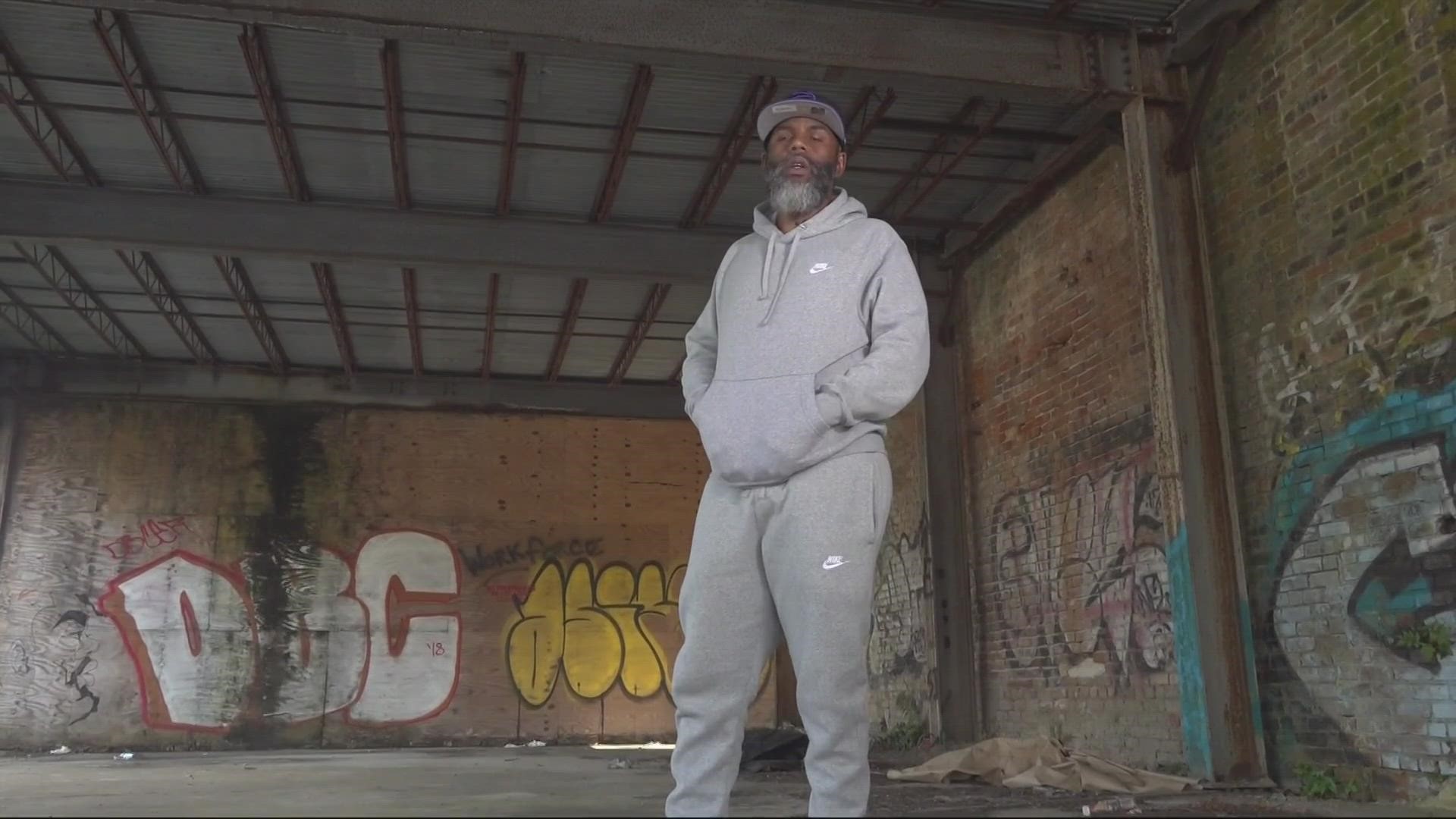JACKSONVILLE, Fla. — Empty lots and rundown buildings line Ashley and Broad Streets in LaVilla.
A far cry from what the neighborhood once was.
“I mean this place is magical,” said LaVilla native, Malcolm Jackson.
“Martin Luther King walked on these very same steps on these sidewalks. Cab Calloway and famous jazz rock stars getting drunk and having a great time.”
Jackson's father, Bruce, owned a neighborhood bar in his early 20s and a uniform company.
“Every night, party time,” Bruce Jackson said. “It’s a residential business area I was born up in this was home.”
The blueprint for the Harlem Renaissance came from LaVilla. It was a hub for African American culture, business and entertainment. However, highway construction splintered the neighborhood in the 1950s setting it on a downhill path.
In the 90s, the city's River City Renaissance plan uprooted businesses and relocated people like the Jackson's.
“With the renovation, eminent domain, it was gone history was gone it was wiped away,” Bruce Jackson said.
“Unfortunately, it looks the same from when they tore all this stuff down the promises of what was supposed to come to this area and when the Jaguar's stadium was built and how everything was supposed to bring all this business down when you tore all the business that was already here and that could have brought everything and made the uptown and downtown the beautiful place that it already should have been.” Malcolm Jackson said.
Historical skeletons sit next to dirt lots, an eyesore to some, but not to those who know their stories.
“This was actually a location where a lot of artists that were aspiring artists were looking for gigs that were a part of what they used to call the Chitlin' Circuit, this was basically your headquarters.” developer, Adrian Swanigan, said from the carcass of the Wynn Hotel.
A hotel and bar where cultural icons stayed.
Swanigan was raised in LaVilla and saw its demise first-hand.
He says LaVilla will never be what it once was, but that doesn’t mean it can’t thrive.
“Our whole goal is to take what we have left that survived the urban renewal and the plans that came through LaVilla that actually put the majority of the structures in LaVilla on the list to be raised.”
Swanigan says he and a group of developers are focused on repurposing LaVilla’s historic structures.
Such as Old Stanton High School, where James Weldon Johnson wrote the Black National Anthem and the Wynn Hotel.
“There was a photograph of my grandfather standing in this building [The Wynn Hotel] and he was actually standing in front of where the bar used to be in this building and I asked my grandmother about this particular photograph because he was standing in front of the bar with a brim and dressed pretty sharp I asked her where he was actually at when he took that picture and my grandmother told me he was in the Lenape Bar which was a bar that was housed her on the first floor of the Wynn Hotel,” Swanigan said.
Swanigan is part of a special Downtown Investment Authority committee dedicated to revitalizing the neighborhood. The committee has established a neighborhood logo and heritage trail as part of the city’s larger Emerald Trail designed to connect downtown through parks and walking trails.
Next up, the Wynn and others around it. Places where history still lives in between century old brick.
“The magic is already here, you just have to put them [people] here, but it has to be done through the right way and that’s through the African Americans.” Malcolm Jackson said.
Swanigan said in three to five years the Wynn will be ready for people to stay, eat and drink once again.
With it, a new LaVilla for the past, present and future to enjoy.
Development is already underway in the neighborhood.
Lift Ev’ry Voice and Sing Park is scheduled to open this summer. It will be accompanied by nearby apartments.

